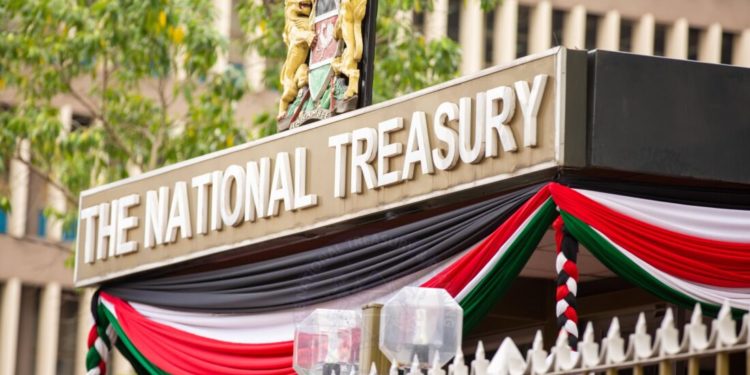The government’s appetite for borrowing is really worrying. For starters, The Central Bank of
Kenya has released the auction results for the newly issued bond FXD1/2023/05 and the re-
opened bond FXD1/2016/10, with the Weighted average rate of the Accepted yields coming in
at 16.8% and 16.3%, respectively.
Investors seem to be adamant about demanding high rates, further emphasizing their view of
government securities as high-risk. The high-interest rates continue to affect the country’s
credit rating as they weaken Kenya’s debt affordability.
With such high rates, questions arise as to how the government will be able to repay these
expensive debts. The elevated food and fuel prices leave Kenyans with less disposable income,
and therefore increasing taxes will definitely overburden Kenyans.
The Purchasing Manager’s Index (PMI) has been below 50 for the last five months, with PMI for
June coming in at 47.8, down from the 49.4 recorded in May 2023, signalling a deteriorating
business environment. With business output declining, it brings about the risk of the
government not meeting its target revenue and therefore having to depend more on debt to
finance its operations.
The government needs to take austere measures to reduce its spending; otherwise, we won’t
be able to break away from this cycle. The loopholes where public money is siphoned off or lost
need to be sealed.


















